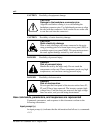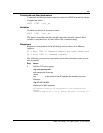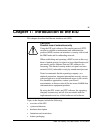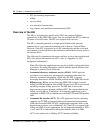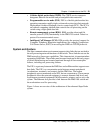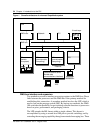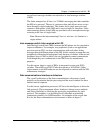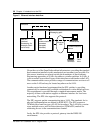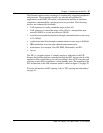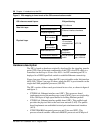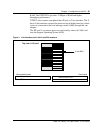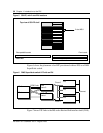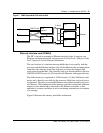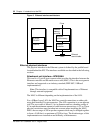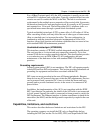
26 Chapter 1: Introduction to the EIU
297-8991-910 Standard 03.01 August 1999
Figure 2 Ethernet interface data flow
Given the cost of the SuperNode cabinet infrastructure, providing the standard
hard connection interfaces in this mechanical environment is not possible. For
this reason, interfaces are placed outside the boundaries of these cabinets.
Engineering approaches to LANs also address a similar problem. In LANs, it
is not economic to provide all types of data interfaces at each node on the LAN.
The communications server provides a range of communications services to all
users on the LAN and may be located anywhere on the LAN.
Another major functional requirement that the EIU satisfies is providing
connectivity to commercially available workstations for value-added services.
This requirement is provided through a standard interconnect media. The
majority of these workstations support an Ethernet interface for local area
networking. The EIU also supports this protocol.
The EIU supports packet communication into a LAN. The standards for its
physical implementation are defined in IEEE 802.3. The EIU supports a
10 Mbit/s base band bus type of LAN for broadcast. The LAN uses a carrier
sense multiple access with collision detection (CSMA/CD) method for
arbitrating access to the communications channel.
Lastly, the EIU also provides a protocol gateway into the DMS-100
environment.
User AP
(protocol
processing, for
example, termi-
nal drivers)
DMS-bus
Messaging path
Communications
server
Data
links
Workstations
Data
communications
processor
(transport
interface)
Ethernet
LAN
Terminals



